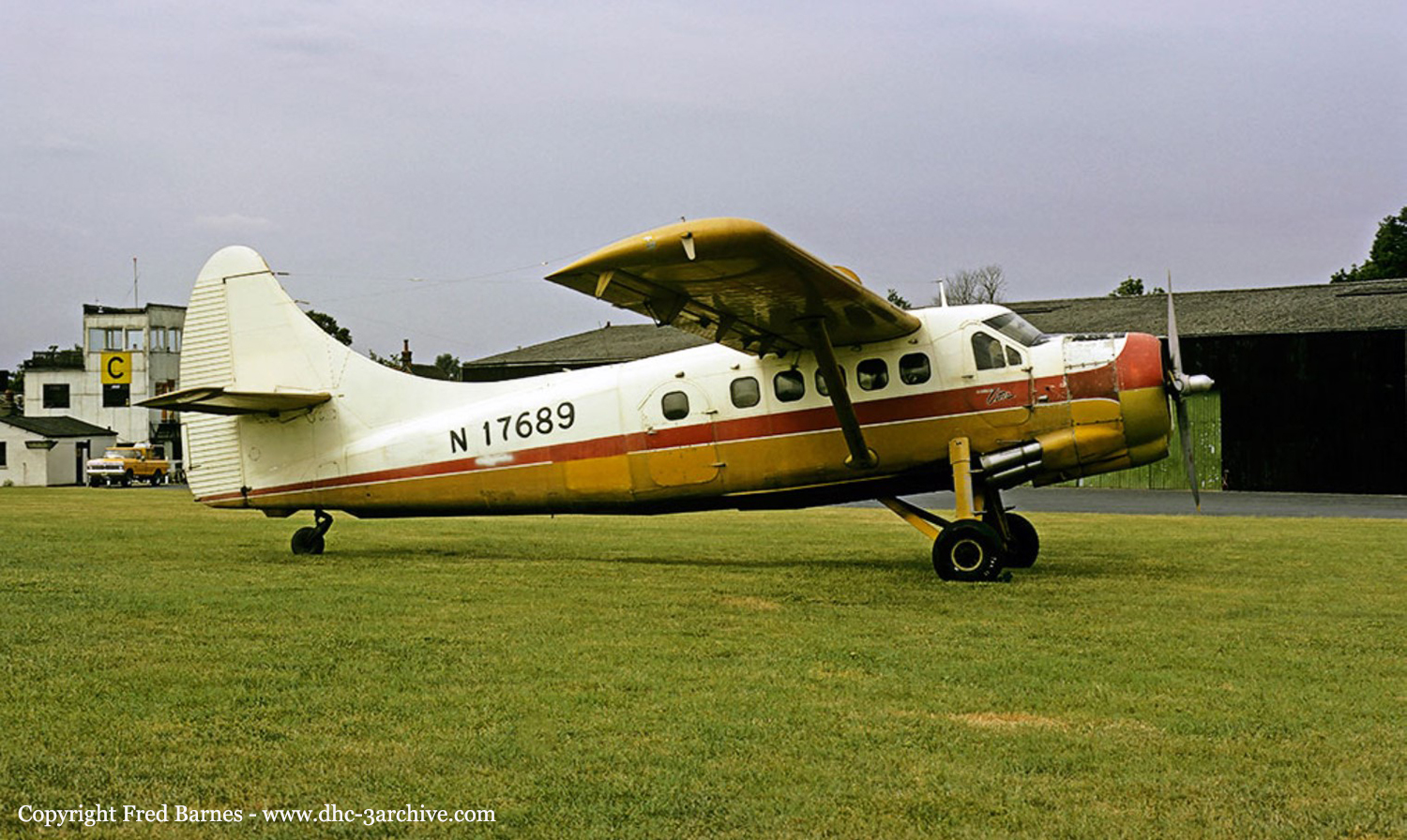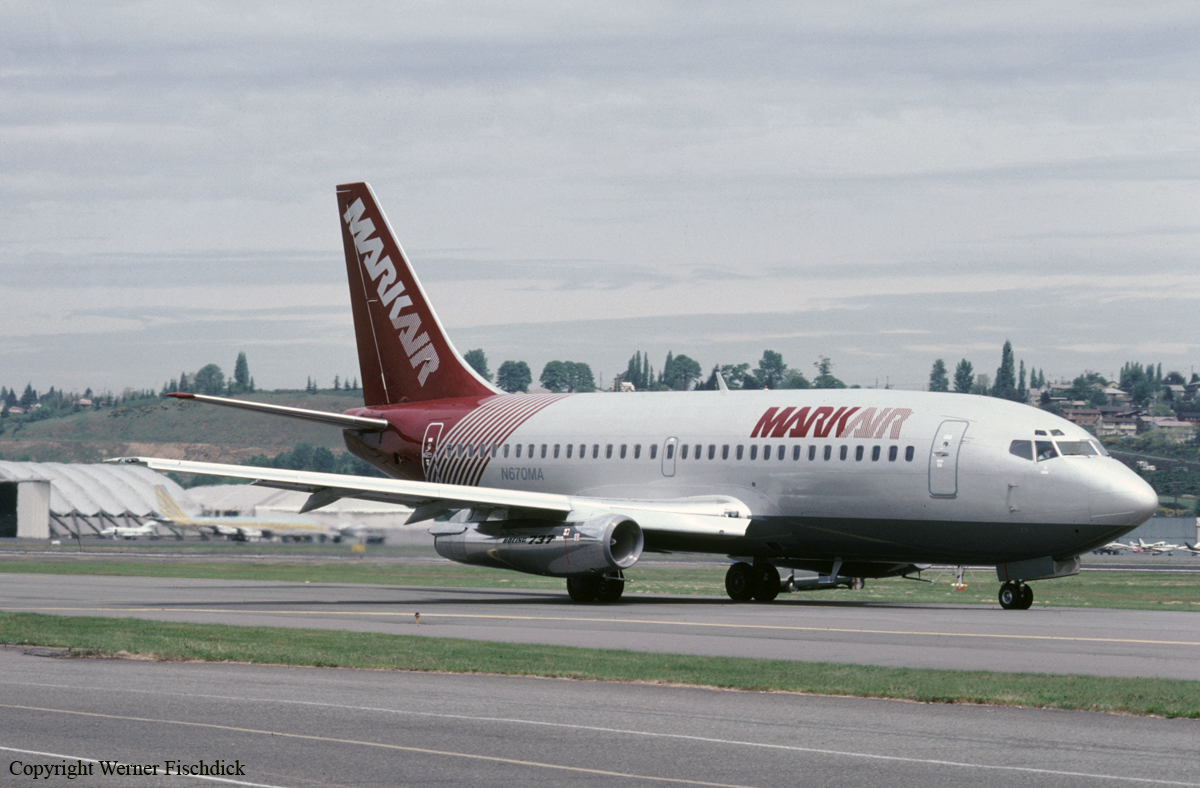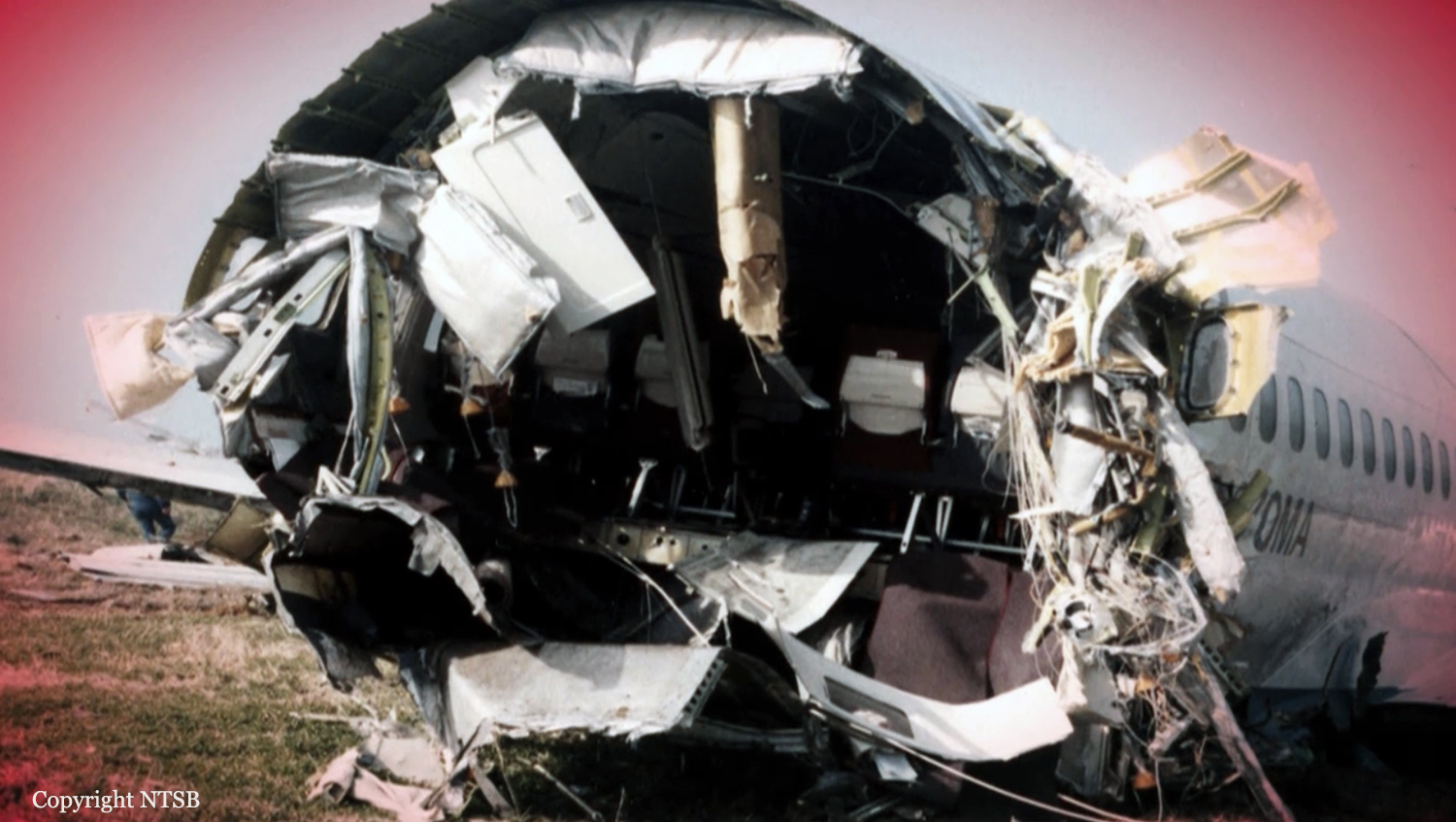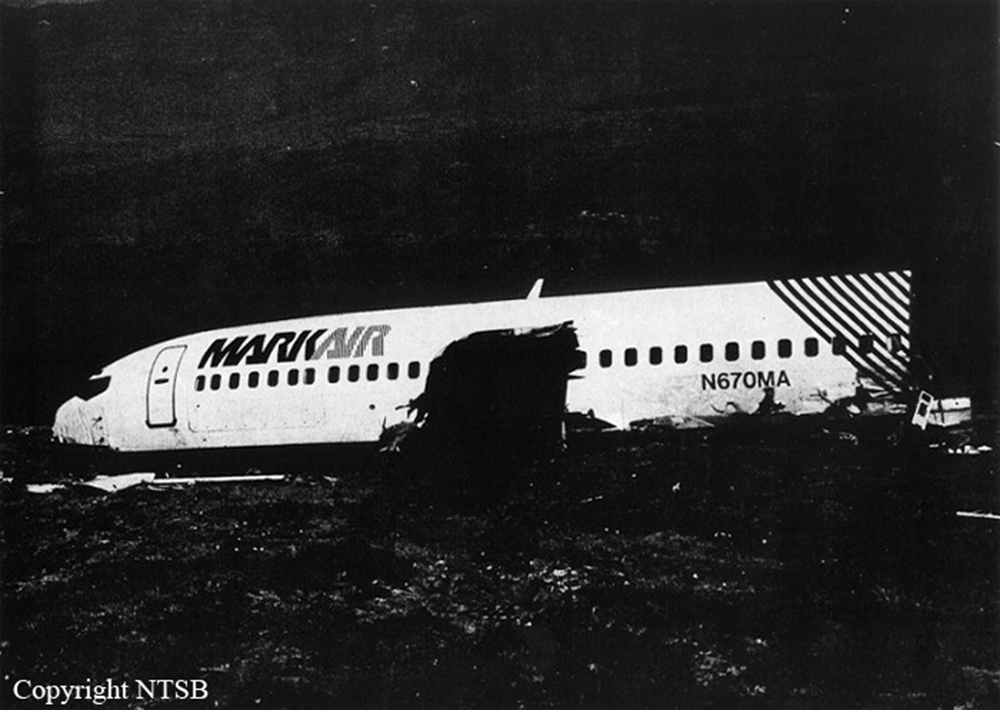Crash of a Cessna 208 Caravan I in False Pass: 1 killed
Date & Time:
Dec 21, 1990 at 1220 LT
Registration:
N9444F
Survivors:
No
Schedule:
Cold Bay - False Pass
MSN:
208-0104
YOM:
1986
Crew on board:
1
Crew fatalities:
Pax on board:
0
Pax fatalities:
Other fatalities:
Total fatalities:
1
Captain / Total hours on type:
323.00
Aircraft flight hours:
1787
Circumstances:
The flight departed Cold Bay for the approximately 15 minutes flight to False Pass. There are no weather reporting facilities at False Pass. Cold Bay weather was 4,500 feet overcast, light rain and fog; forecast called for frequent ceilings below 1,000 feet. Wreckage located between two mountains. False Pass weather estimated 400 feet overcast, 2-3 miles in rain and fog, winds 25-30 knots. Fishing boat captain in area estimated winds down the mountain at 60 mph or greater.
Probable cause:
The pilot's improper decision to continue flight into an area of mountainous terrain and adverse weather conditions. The terrain and weather were factors.
Final Report:















